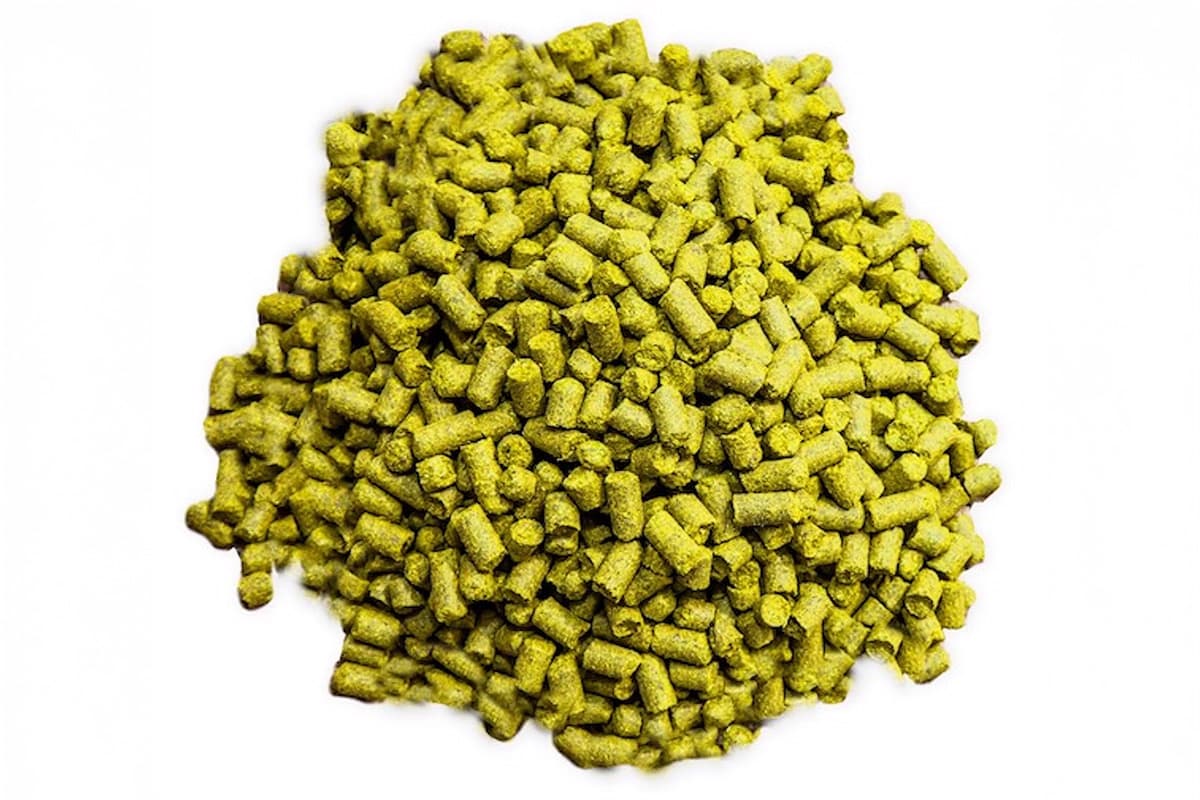
Hops Insider: Too Many Hops, Too Little Visibility
ALL ACCESSAmerican farmers won’t reduce acreage as dramatically as they did in 2023 and 2024, but the industry has yet to find a healthy balance. What’s it mean for brewers, in the near-term?
9 articles in this category

American farmers won’t reduce acreage as dramatically as they did in 2023 and 2024, but the industry has yet to find a healthy balance. What’s it mean for brewers, in the near-term?
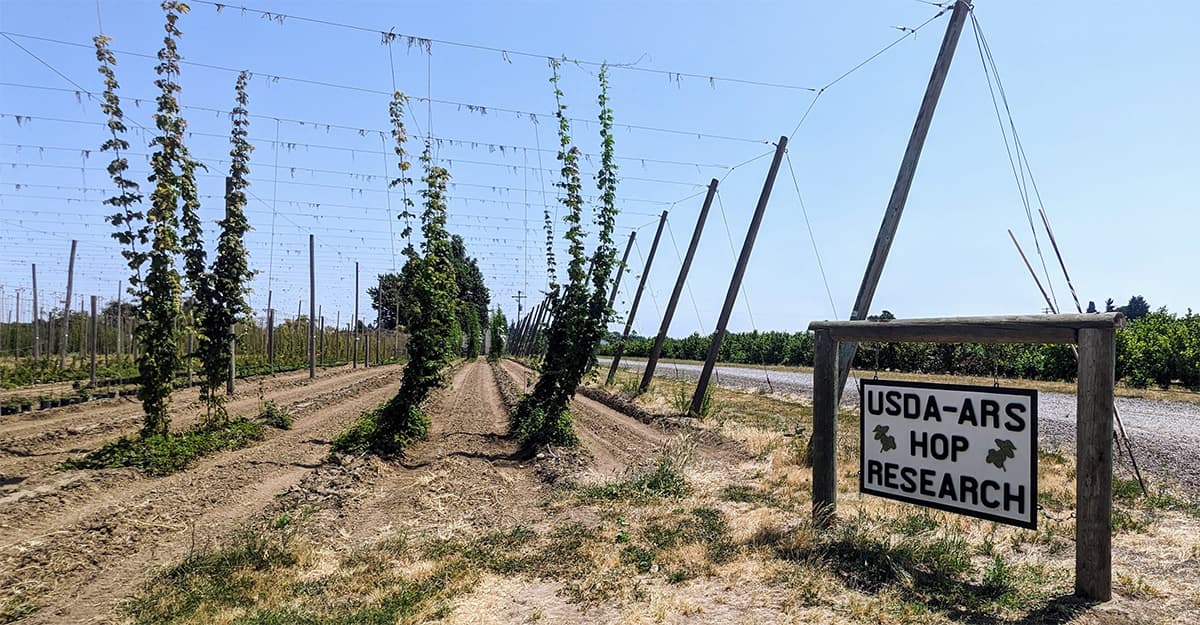
It’s rough out there—even for young, freshly developed hop cultivars. Yet while many brewers are buying fewer hops these days, the Help Wanted sign is still out for new ones.
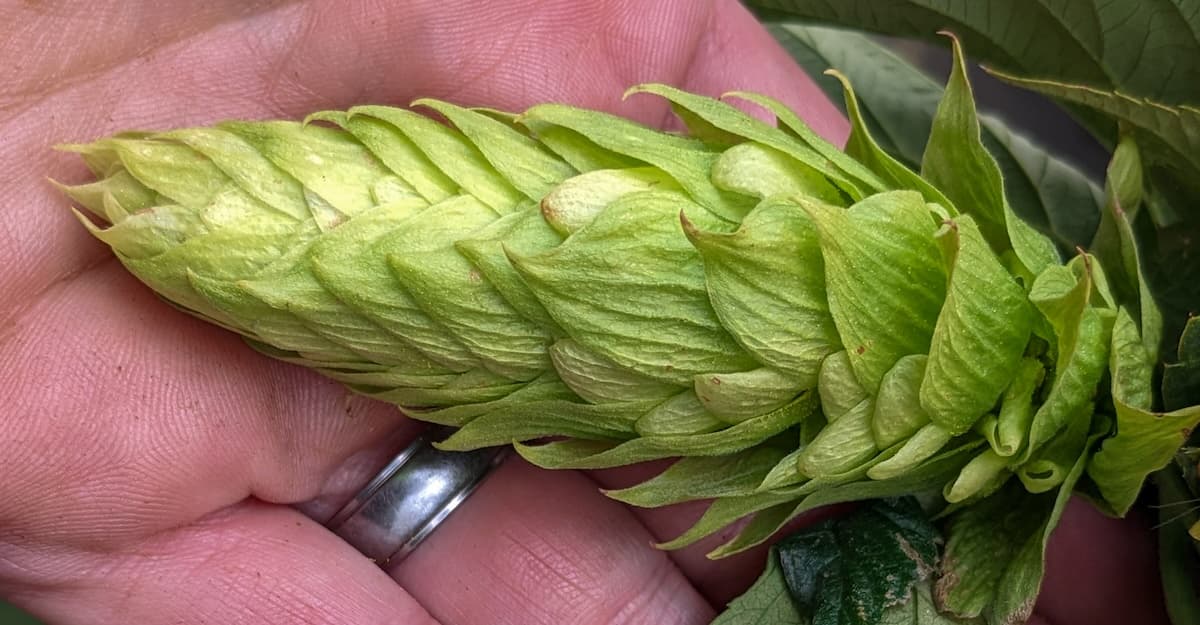
As growers hunt for better visibility into the hop market’s future, researchers are looking into how brewing and growing practices might change in ways that directly affect the character of beer.
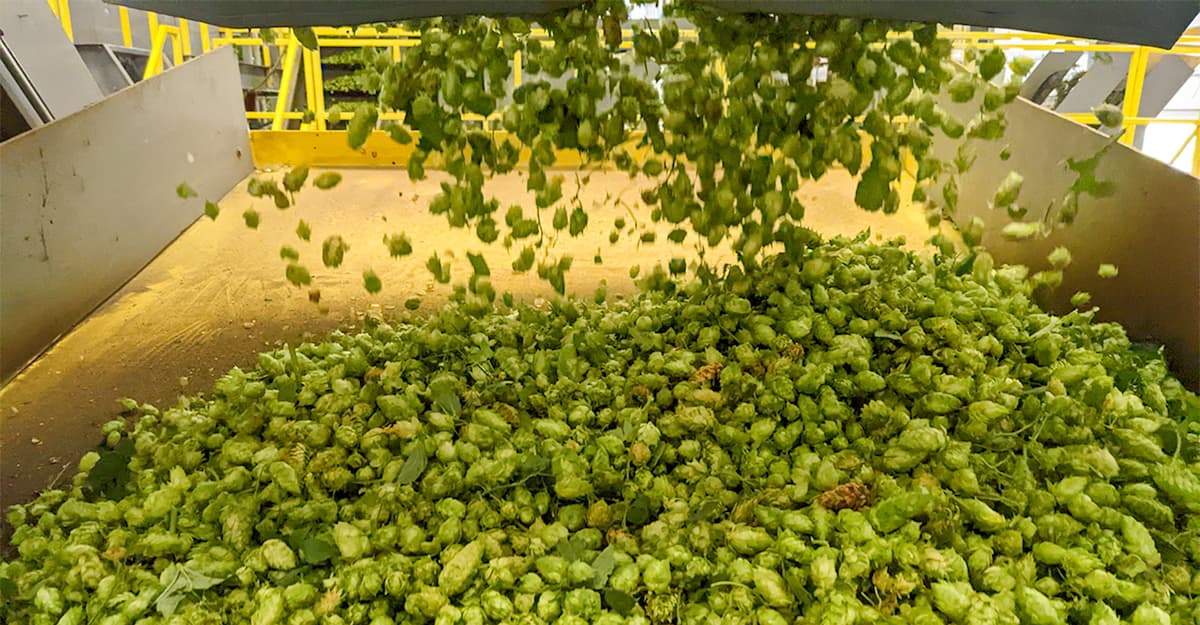
Tough times are ahead for hop merchants and farmers coping with surplus stocks and stalling demand. After enjoying wider selection and lower prices in the short term, are brewers ready for what comes next?
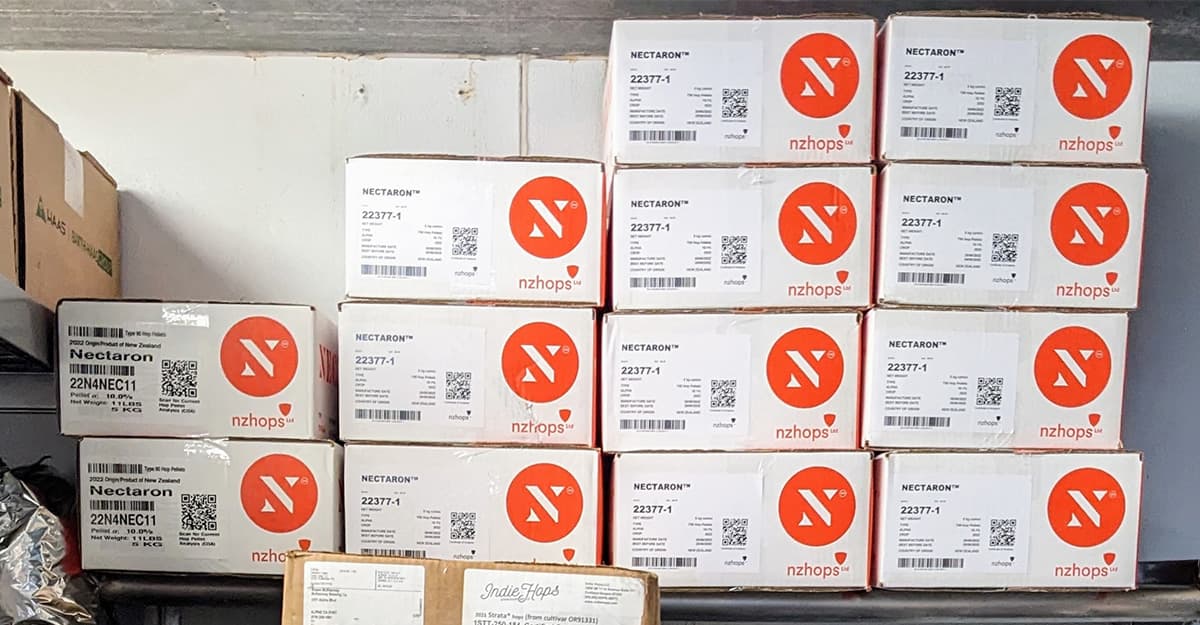
There are hops in abundance, but beer sales are unpredictable—it’s no mystery why many small breweries are relying on the spot market. Yet many suppliers are aiming to lure brewers back to more flexible contracts that better suit today’s market.
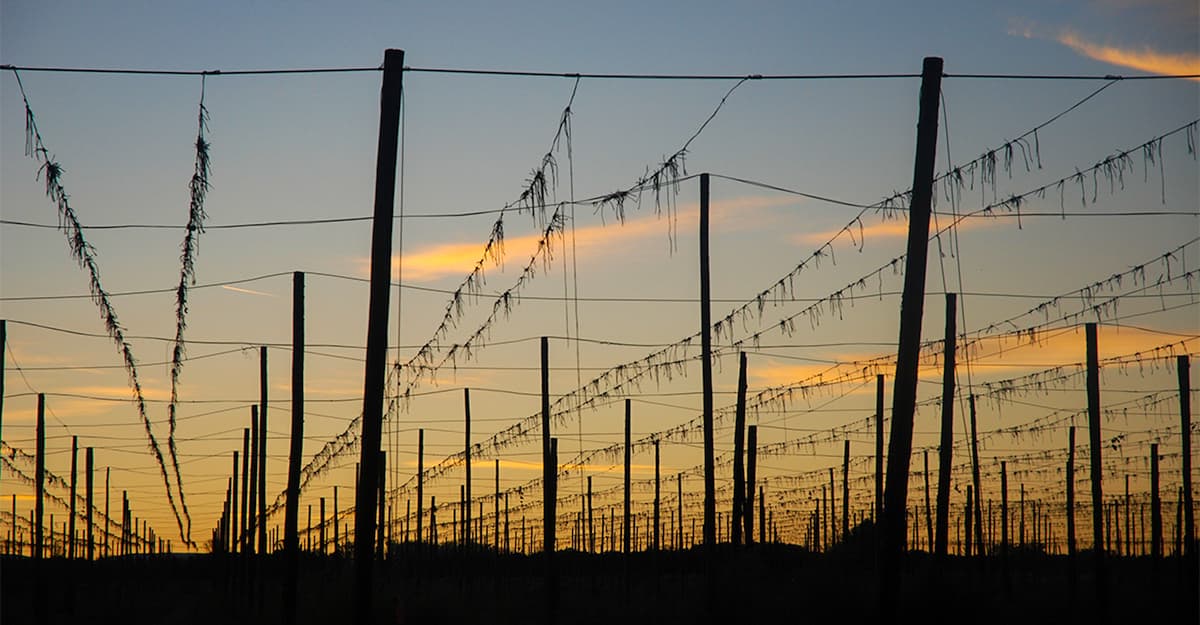
While the numbers are far from final, there were modest steps toward rebalancing the market for U.S. aroma hops. Centennial and Simcoe had a rough year, while rain helped Germany and Czechia avoid a second consecutive disastrous harvest.
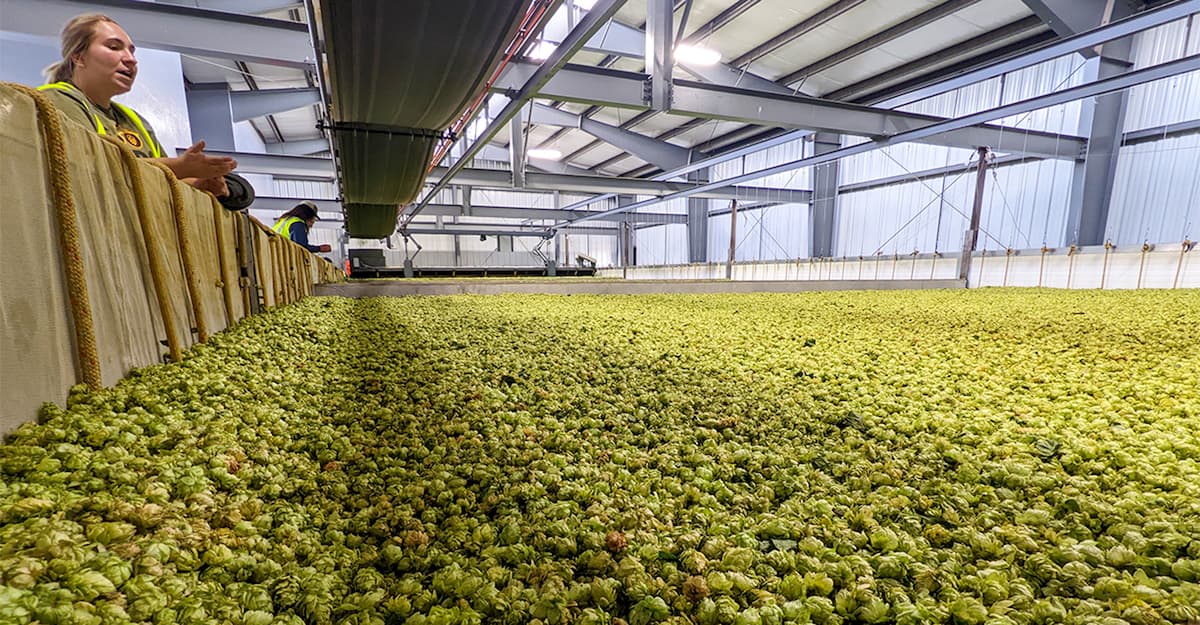
Growers have reduced acreage, but that’s only part of a complex story. As the 2023 harvest approaches, balancing the market means reducing surpluses and figuring out how to do a better job of measuring true demand.
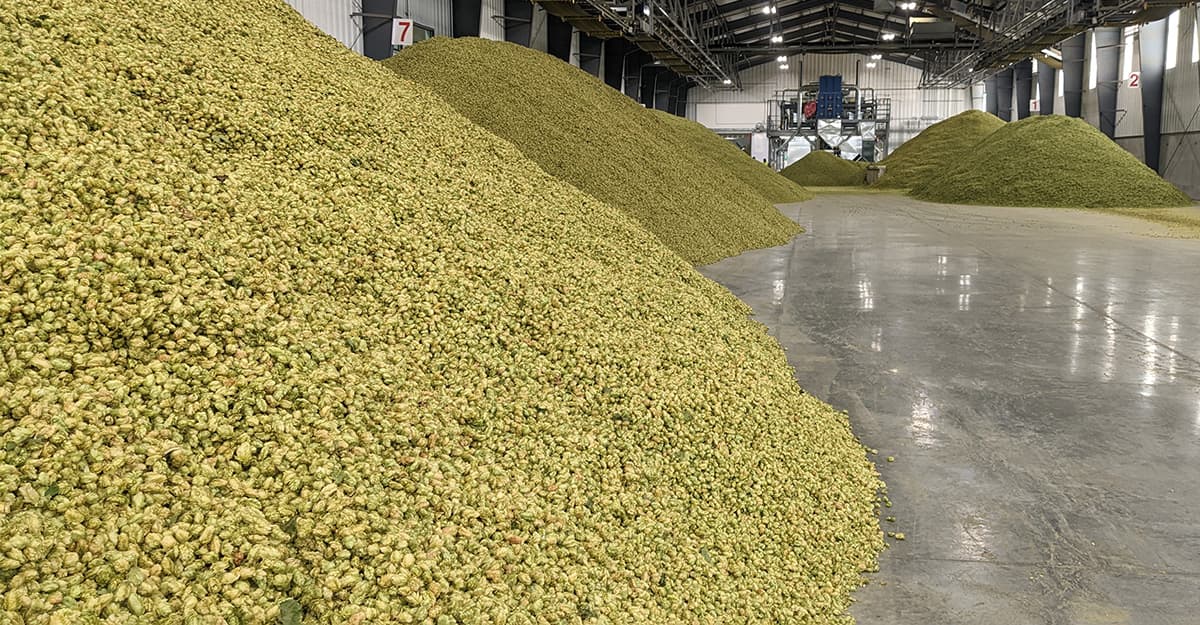
Many hop growers are cutting back on acreage this year, aiming to re-balance supply and demand while a large surplus sits in inventory. Here is some context on the situation and what it will mean for brewers.
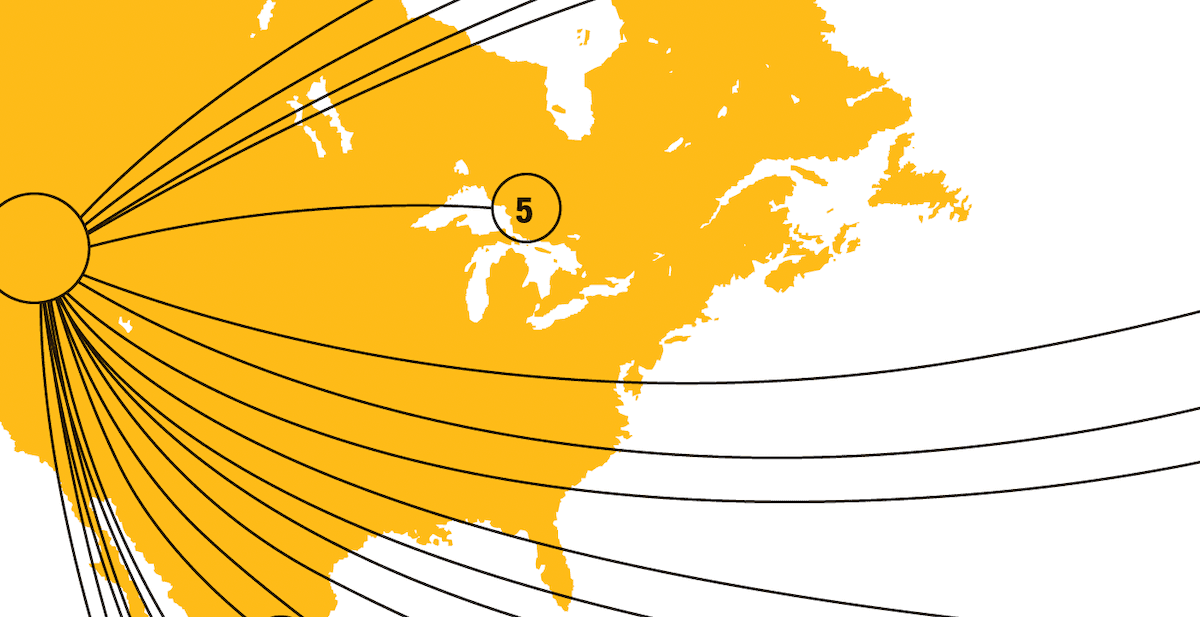
Hops are an international crop. Here, we’ve charted the inflows and outflows of the U.S. hop market, as suppliers ship to brewers around the world and as American brewers import mainly from Europe, Oceania, and Britain.